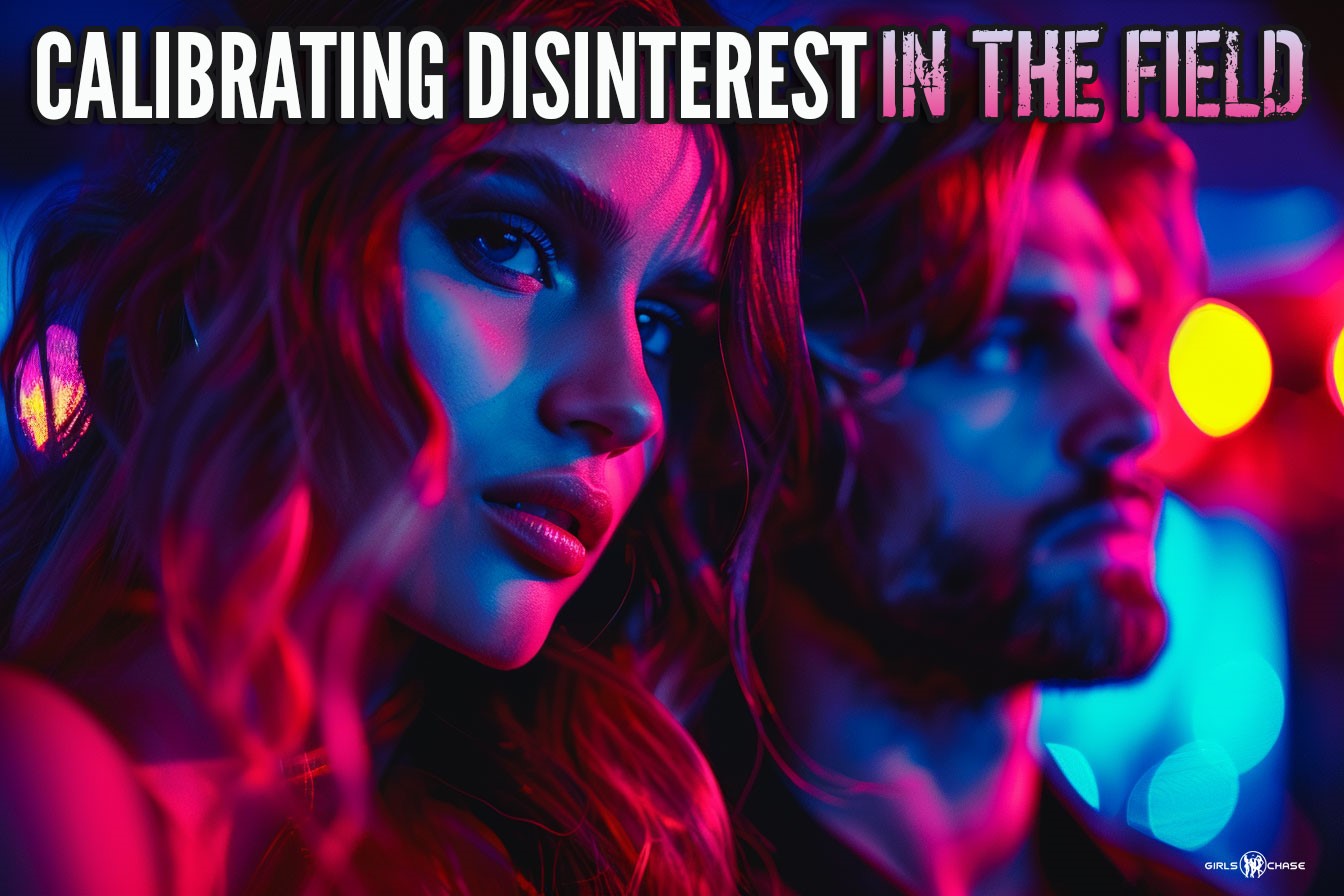 Where and how you position yourself relative to a woman can make or break your seduction. Many guys try to “block women in” & cut off their exits. YOU want to do the OPPOSITE.
Where and how you position yourself relative to a woman can make or break your seduction. Many guys try to “block women in” & cut off their exits. YOU want to do the OPPOSITE.Last week, I discussed the importance of giving a girl the opportunity to opt out at any time, giving her a way to exit so she feels she may leave at any time.
The idea is not to motivate her to leave—quite the contrary. You want to make her feel secure. If she feels she has an easy way out, without consequences, you won’t get angry or create bad vibes; she will feel much more comfortable sticking with you.
In practice, she should always have an opportunity to exit, whether that’s your place, the conversation, or the venue, but she is likely to do so with good feelings about you when you make her feel more comfortable.
If you’d like empirical facts about how this works, consider any Girls Chase product you may have bought or similar products. You may be initially skeptical, especially if unfamiliar with the provider. They typically offer an option to unsubscribe anytime or a money-back guarantee. And those who provide this are confident with their product, meaning they know you will like it and won’t “leave” or “unsubscribe.” They gain the benefit of trust.
You may notice that those who offer no money back or ask you to commit usually do so because they are afraid to lose you. Often, it is because the product is substandard, and the only way to keep you is to lock you in. Yes, you will get mad when you dislike the service or product, but on their end, they at least got to cash in X amount, which is a success for them, considering you wouldn’t have stuck around anyway.
Good products offer a way out or a money-back guarantee. That’s not to say all products or services that do this are good, but all good products usually provide this.
So, if it’s a good product (an attractive guy; if you are not, become one), it allows you to use the same technique to establish trust.
Today, I’ll give practical tips you can use in your interactions to build more comfort. I’ll discuss other benefits of using this concept, too.
 As things progress with a girl, you’ll want to get her isolated. Once you do, however, to make it go smooth, you must ensure she feels she has an “out”!
As things progress with a girl, you’ll want to get her isolated. Once you do, however, to make it go smooth, you must ensure she feels she has an “out”!









